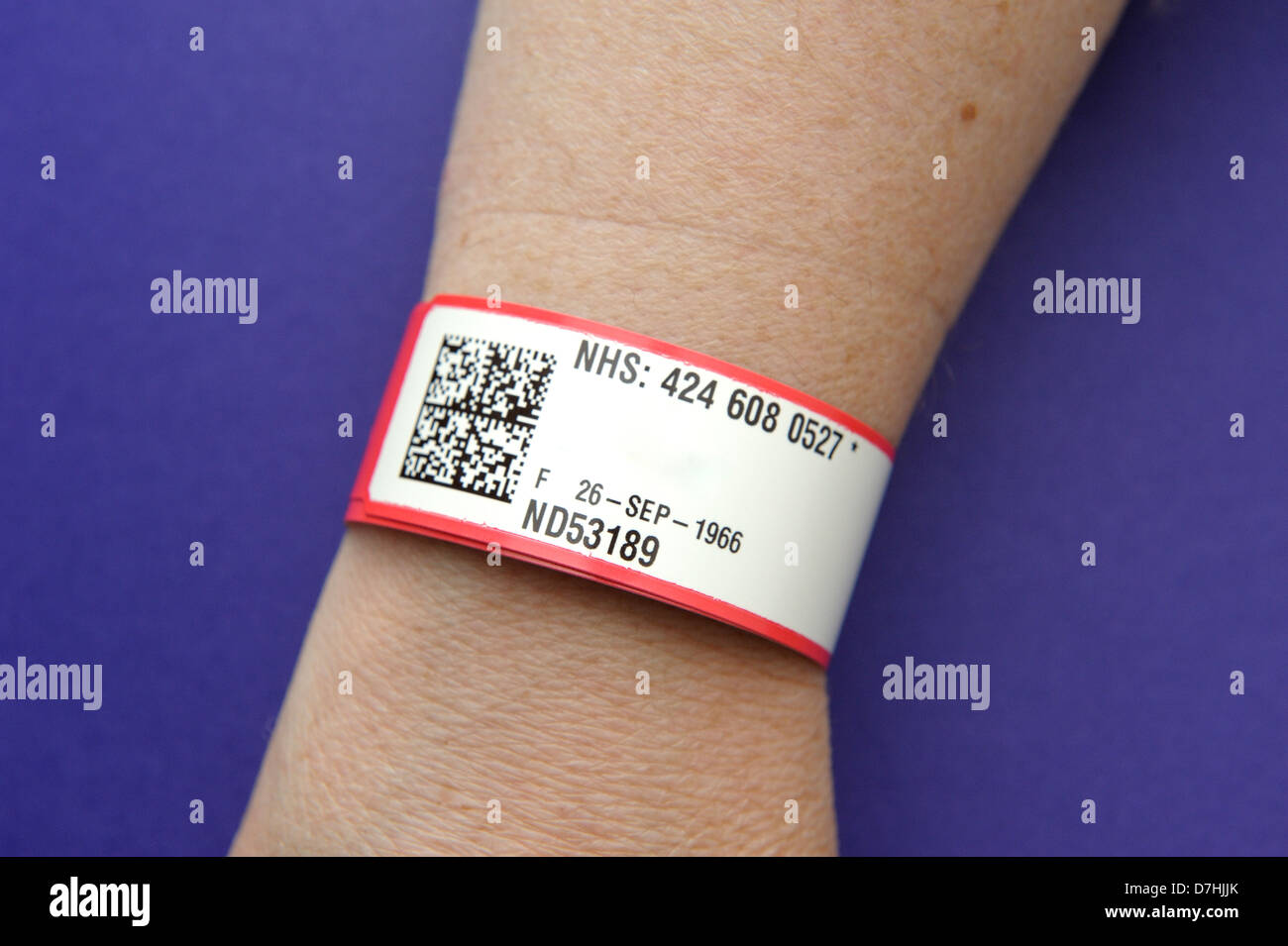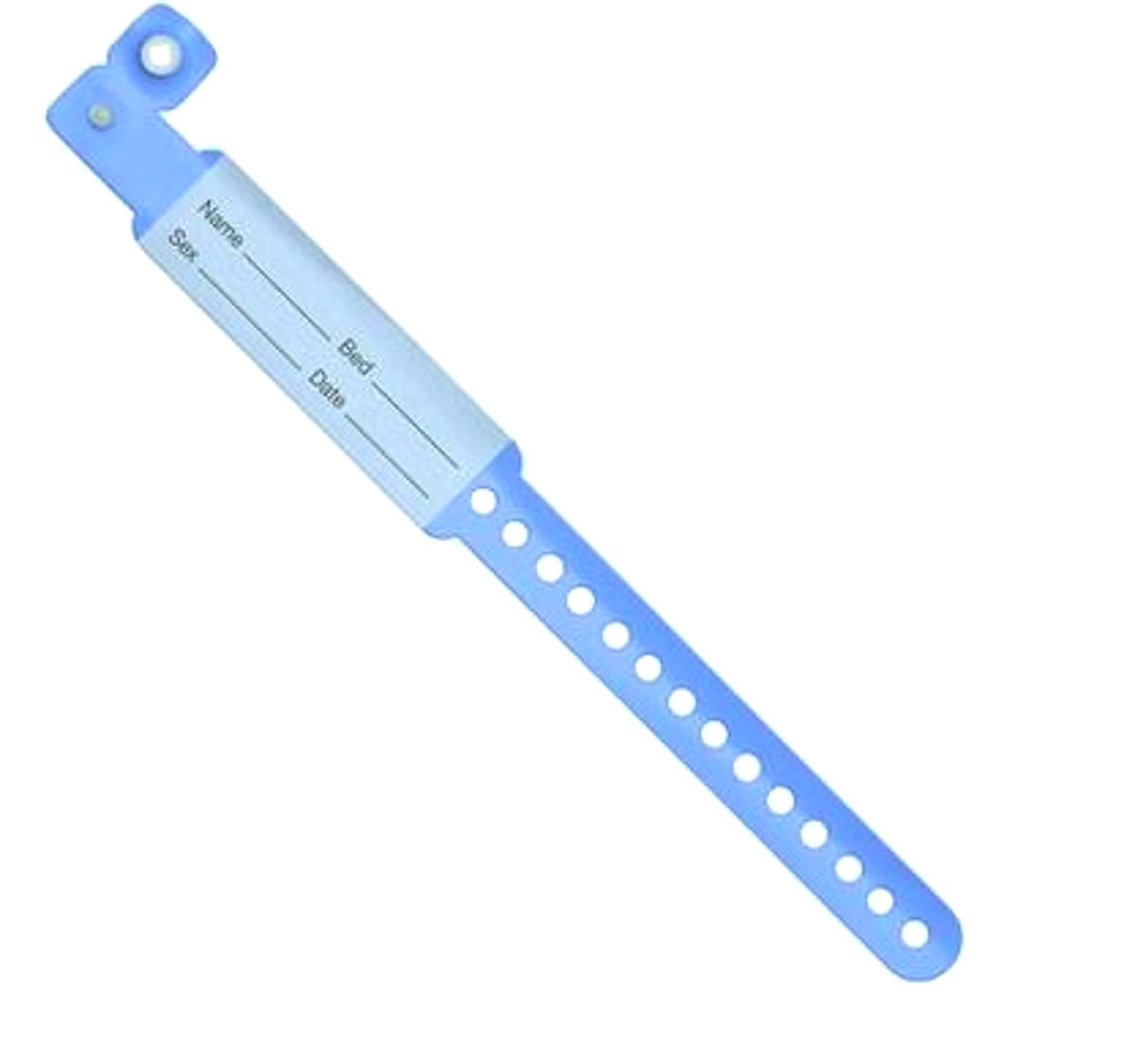Exploring the Different Sorts Of Patient Identification Band Made Use Of in Medical Facilities
In the elaborate world of medical care, the essential duty of Patient Identification bands often goes unnoticed. These bands, varying from straightforward paper wristbands to innovative RFID bands, form the backbone of Patient security methods, ensuring precision in Patient Identification. The huge variety of these bands, each with its unique advantages and restrictions, is frequently ignored. As we browse through this topic, one may obtain understanding right into the subtle intricacies and critical value of such bands in clinical facilities.
Understanding the Importance of Patient Identification Bands
While they might look like mere devices, Patient Identification bands play an important duty in clinical centers. These bands function as an essential tool for validating Patient identification, avoiding medical mistakes associated to misidentification. The bands usually display crucial information such as the Patient's name, age, blood type, and any type of known allergic reactions. They enable medical care specialists to quickly access this vital info, therefore promoting precise and prompt medical therapy. Patient Identification bands also aid in improving management jobs, ensuring accurate record-keeping and billing. Despite their simpleness, these bands personify the concept of Patient safety, a keystone of top quality healthcare. Without them, the danger of medical errors, and as a result, Patient injury, may significantly enhance.
Typical Paper Wristbands: Their Use and Limitations
Typical paper wristbands have been a staple in Patient Identification throughout numerous clinical centers. While their usage prevails, they nurture specific restrictions that may influence their effectiveness in Patient administration. This section will concentrate on the scope of their application and the integral drawbacks connected with their use.
Paper Wristbands: Use Range
In the realm of Patient Identification, paper wristbands have actually long held an important duty. These bands are commonly utilized in outpatient setups, where the Patient's stay is momentary. The wristbands consist of vital info such as the Patient's name, day of birth, and an one-of-a-kind Identification number. This straightforward, yet efficient system, enables doctor to swiftly and precisely determine patients, making sure the appropriate therapy is provided. Paper wristbands are additionally utilized in emergency scenarios, where rapid Identification is extremely important. Their use encompasses events like blood contribution drives and mass inoculation programs, better emphasizing their adaptability. Despite improvements in modern technology, the humble paper wristband stays a reliable and cost-effective option for Patient Identification in numerous healthcare circumstances.
Limitations of Paper Wristbands
In spite of their widespread usage, paper wristbands are not without their downsides. Their physical sturdiness is just one of the considerable restrictions. Direct exposure to water, sweat, or harsh handling can render them unreadable or perhaps create them to disintegrate. On top of that, paper wristbands typically do not have the technical capabilities of more modern choices, such as barcoding or RFID chips, limiting their performance to simply presenting created details. The inability to upgrade or change the data on the wristband is another imperfection. If the info is transcribed, readability can be jeopardized, leading to potential misidentification. Paper wristbands can trigger discomfort or skin irritation to some clients, especially when used for prolonged periods.
Barcoded Wristbands: Developments in Patient Identification
While Patient Identification has actually long been a crucial aspect of medical care, the arrival of barcoded wristbands represents a substantial jump ahead. These bands leverage the simpleness of barcoding technology, allowing for Patient details to be promptly checked and accessed. They improve the speed and precision of Patient Identification, lowering the danger of clinical mistakes connected to misidentification. Barcoded wristbands are cost-effective, very easy to generate, and eliminate handwriting errors common with hand-operated systems. However, they are not without limitations. While they supply enhancements over standard bands, the barcode can end up being smudged or worn, rendering it unreadable. Regardless of this, barcoded wristbands remain a crucial tool in contemporary health care setups, representing the intersection of technology and Patient care.
Radio Regularity Identification (RFID) Bands: a Step Towards Futuristic Healthcare
The evolution of Patient Identification bands has caused the emergence of Superhigh frequency Identification (RFID) Bands (patient identification band). These ingenious tools present crucial benefits for health care facilities, offering a much more reliable and highly advanced means of Patient Identification. The application of RFID in health care is a considerable step towards an extra advanced strategy to Patient administration and safety and security
Understanding RFID Bands

RFID Bands: Key Benefits
Accepting a future where modern technology and healthcare merge, superhigh frequency Identification bands provide a number of vital benefits. Largely, these bands enhance Patient safety by giving exact, instantaneous Identification, thereby reducing clinical errors. RFID bands can store a substantial amount of Patient information, including clinical background and allergic reactions, allowing customized treatment. They additionally improve management tasks, as the automated information entrance replaces hand-operated procedures, enhancing performance and reducing paperwork. Moreover, RFID bands supply real-time tracking of patients, essential in high-risk environments such as surgical procedure or intensive care. Finally, these bands are durable and resistant to environmental variables, making certain consistent performance. In general, RFID bands stand for a substantial improvement in Patient Identification modern technology, profiting both individuals and doctor.
Applying RFID in Medical Care
As we step into a technically sophisticated period, the execution of RFID bands in healthcare becomes progressively crucial. These bands give a smooth means to track and recognize patients, ensuring their safety and improving efficiency in treatment procedures. RFID bands offer various advantages over conventional Identification methods. They can store a vast amount of information, consisting of the Patient's clinical background and treatment plans, which can be easily accessed by healthcare service providers. This data helps medical professionals make educated choices relating to the Patient's treatment strategy. In addition, RFID bands lower clinical errors by offering exact Patient Identification, which is essential in preventing misdiagnosis or wrong medicine administration. Thus, the implementation of RFID bands is a substantial step in the direction of improving Patient safety and healthcare distribution.

Color-Coded Wristbands: Aiding in Quick and Accurate Diagnosis
In the dynamic environment of a clinical center, color-coded wristbands have emerged as important tools for swift and exact Identification of a person's medical condition. These wristbands, put on by clients, lug specific colors that match to different clinical problems or statuses. This system is developed to offer prompt visual signs to medical care suppliers, enhancing Patient security and care top quality.
Techniques for Efficient Execution and Management of Patient ID Bands
Achieving optimal usage of Patient Identification bands requires a well-structured technique for their implementation and monitoring. Patient education is also critical; individuals should understand the function of the bands and the need for their consistent wear. It's necessary to have a backup strategy in place, such as barcode scanning or biometrics, to guarantee that Patient Identification is never ever jeopardized.
Verdict
Patient Identification bands are important in medical centers to guarantee safety my website and security and accuracy. Conventional paper, barcoded, RFID, and color-coded wristbands each hold unique benefits, ranging from cost-effectiveness to sophisticated data storage and instantaneous medical signals. Efficient execution and management of these bands can dramatically decrease clinical errors, enhance efficiency, and enhance total Patient care. Hence, understanding and utilizing these Identification devices is critical for preserving high requirements in healthcare.
These bands, differing from simple paper wristbands to advanced RFID bands, develop the foundation of Patient safety procedures, making sure accuracy in Patient Identification.The advancement of Patient Identification bands has brought about the development of Radio Frequency Identification (RFID) Bands. Generally, RFID bands stand for a significant development in Patient Identification technology, benefiting both clients and health care suppliers.
RFID bands lower clinical mistakes by supplying exact Patient Identification, which is crucial in avoiding misdiagnosis or wrong medication management. Patient education and learning is additionally vital; people have to recognize the function of the bands and the demand for their consistent useful link wear.